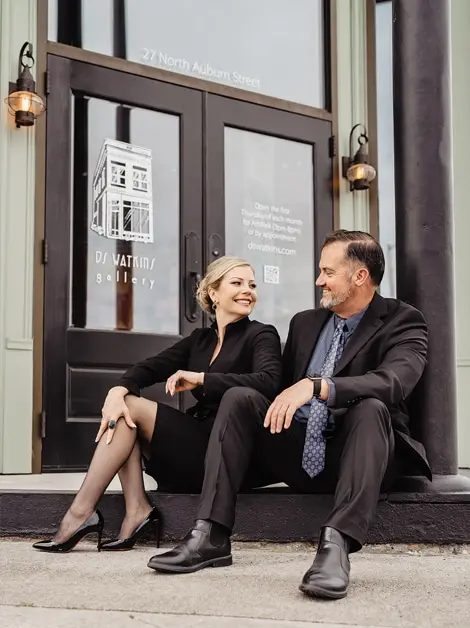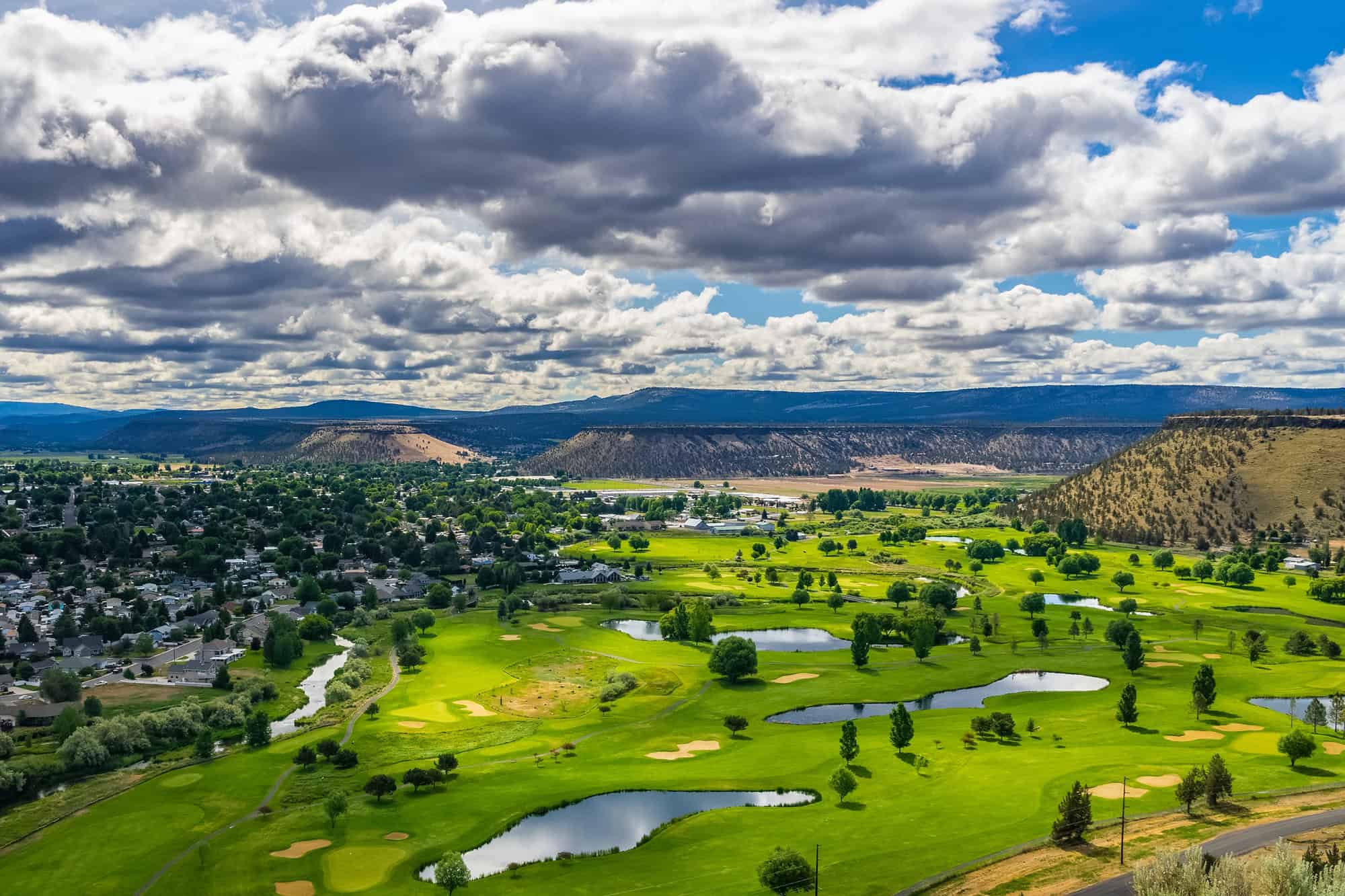Motorcycle crash bars attach to the frame of the motorcycle, ideally to make the motorcycle safer. They’re mounted to the lower frame of the motorcycle with screws. The bar is mounted to both sides of the motorcycle. Crash bars include a metal bar that sticks out beyond the motorcycle.
According to Motorcycle Aid, crash bars are also called freeway bars, engine guards, or highway bars. The aim of crash bars is to help prevent the motorcycle from falling and to give the motorcycle rider some protection if there is a crash. Crash bars are also designed to protect the motorcycle’s engine and fuel tank. When crash bars fail to protect a rider, the manufacturers of the crash bar may be strictly liable for any accidents or deaths that occur. When motorcycle accidents happen, the drivers of cars or trucks that caused the accident should be held accountable.
What materials are used to make crash bars?
Different types of materials are used to make crash bars – each with their own advantages and disadvantages:
- Stainless steel. This material generally works better where there is a lot of rain or river crossings. Stainless steel is fairly brittle and tends to transfer more energy to the motorcycle frame and engine than other materials that have some give. Per Motorcycle Aid, “Besides cracking at the welds from engine vibration, its brittleness makes it more susceptible to cracking.”
- Aluminum. Aluminum is a lightweight material which means it doesn’t add much weight to the motorcycle. It’s not as strong as steel materials and is generally more expensive and more difficult to manage. One key benefit is that it doesn’t rust.
- Mild Steel. Mild steel is fairly flexible, relatively inexpensive, and strong enough to protect a motorcycle. A key disadvantage is that mild steel rusts, though “applying a corrosion preventative before powder coating” can help.
Motorcycle crash bars help protect the bikes from severe damage if the motorcycle falls over while parked or tips over when driven at low speeds.
There are different factors manufacturers use when making motorcycle crash bars:
For the highest strength and lowest weight, it is necessary to combine outside diameter and wall thickness to get the right combination of tube diameter and wall thickness. Larger tubes are stronger regardless of wall thickness, but they expose more surface area to potential damage, and thin walls lose strength wherever they are dented. Tubing with small diameters and thick walls may be preferred by some manufacturers, while tubing with thin walls may be preferred by others.
A motorcycle crash bar should still allow the owner to conduct routine maintenance of the motorcycle, including oil changes and air cleaning.
What injuries do crash bars prevent?
Motorcycle accidents can cause many different types of injuries depending on how the impact occurs and the severity of the crash or fall. Riders may suffer traumatic brain injuries, spinal cord damage, traumatic amputation of a limb, crush injuries, burns, fractures, and other severe injuries.
Crash bars are primarily designed to protect riders from leg injuries such as when a rider’s legs are pinned under the weight of the motorcycle when the motorcycle falls. In addition to broken bones and nerve damage, burn injuries are common because the leg can be trapped against the motor or the exhaust. Crash bars are supposed to reduce the risk of these injuries.
Crash bars also help riders and helpers pick up the motorcycle more easily so the motorcycle can be moved off the rider and off the road. Crash bars should also help first responders assist the injured rider. While crash bars can’t prevent punctures of the gas tank, they can “reduce the likelihood of fuel spilling from punctures in motorcycle accidents.”
Generally, crash bars are manufactured as “aftermarket accessories.” This means that the crash bars are installed after the owner buys the motorcycle. Some motorcycle manufacturers do include crash guards with the motorcycle. Other safety motorcycle parts include:
- Upper crash bars. “Stainless steel upper crash bars are designed to protect your radiator during a tip over.”
- Frame sliders. These parts help protect parts of the frame in the same way engine guards protect the engine.
- Skid plates. This part helps protect the underside of the motorcycle in case it slides. While a skid plate won’t prevent leg injuries, it should safeguard the motorcycle frame.
Riders should also wear helmets, use protective eyewear, and take education courses that match their level of experience.
Why crash guards may not work
When high-speed motorcycle accidents occur in Kennewick, the guard may buckle. The guard could fail – which means the bike falls onto the rider, potentially causing catastrophic injuries. The rider could also become pinned under the motorcycle with no easy way to get the motorcycle off the rider.
Our Kennewick trial lawyers file:
- Personal injury claims if a motorcycle rider is injured due to the negligence of another driver.
- Product liability claims if the crash guard is defective due to improper design, poor workmanship, or faulty warnings.
- Wrongful death claims if a loved one dies due to negligence or a product defect.
We demand compensation for all your financial and personal damages whenever a motorcycle happens. These damages include all your current and future medical bills, lost income, pain and suffering, property damage, scarring and disfigurement, and other damages. Wrongful death damages include funeral and burial costs; loss of financial support; and loss of the guidance, personal support, and companionship your loved one would have provided.
Our lawyers first and foremost are trial lawyers. We settle many cases because we also have an impressive record of obtaining strong jury verdicts. Insurance companies respect lawyers who are seasoned trial attorneys. To discuss your rights with Telaré Law, visit our Kennewick or Richland office. Please call us or complete our contact form to schedule a free consultation. We’re ready to answer all your questions and explain your rights. We hope to hear from you soon!





